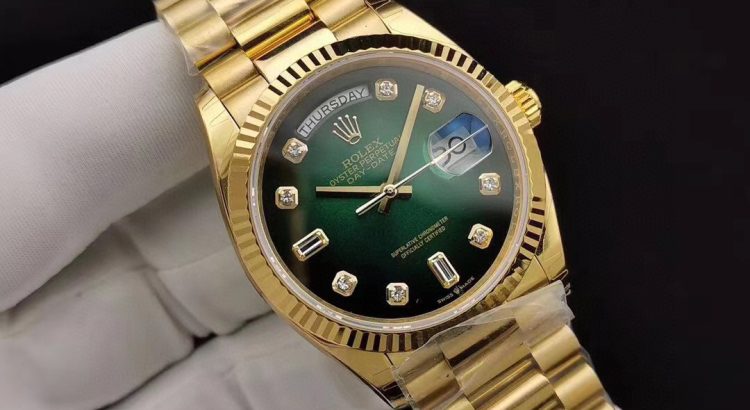The most significant advantage of making their movements for modern watchmakers may be on the supply side. When the Swatch Group took over ETA, they announced their intention to stop selling movements to third-party competitors, names that were not under their direct control. The Swiss Monopolies Commission’s interjection prevented them from immediately cutting back on their obligations. Still, the movie suggests that ETA cannot be the eternal plan for all brands wishing to use Swiss-made movements. 
While other companies, such as Sellita, Soprod, and STP, step up to fill the void, many watch brands are either making their movements or partnering with other companies in the industry to share the substantial expense. The most notable example of the latter is Tudor’s recent partnership with Breitling to create movement maker Kenissi .
The decision by Swatch, formerly two of ETA’s largest customers, necessitated a partnership that resulted in TUDOR acquiring Breitling’s B01 movement for their Heritage Chronograph collection (rebranded as the MT5813), while Breitling earned the three-handed MT5612, going the other way for its Superocean Heritage II; once modified, this is now the B20, an incredible achievement for Tudor in particular. Until a few years ago, fake Rolex’s sister company brought in every movement used. Now, not only do they make most of their movements, but they are capable of supplying other companies.
